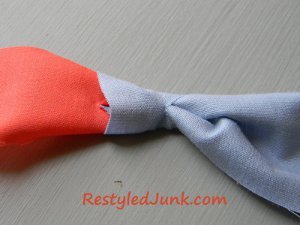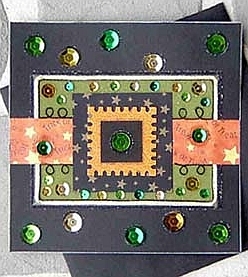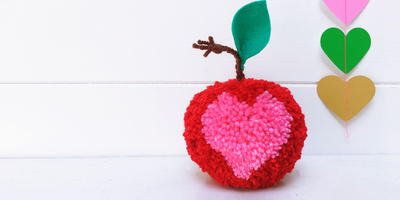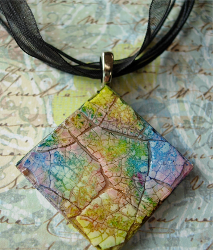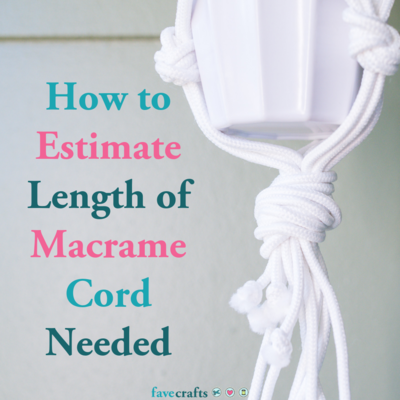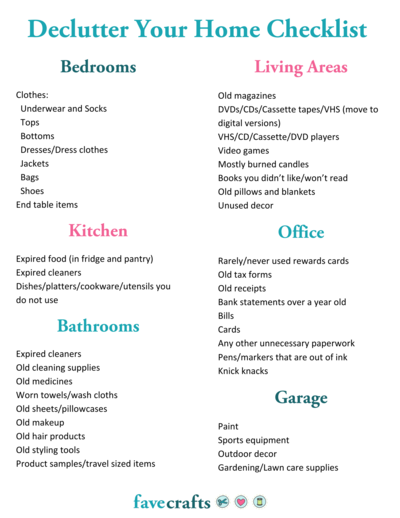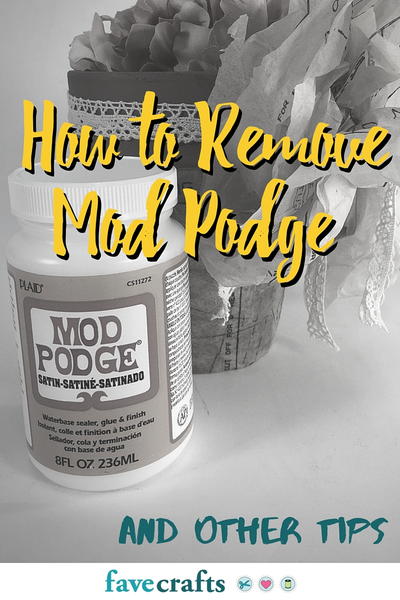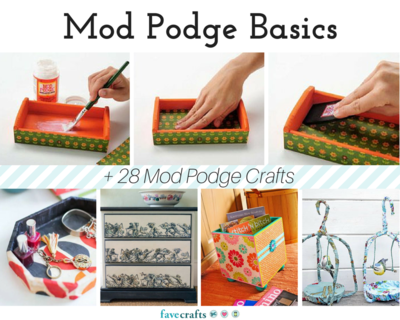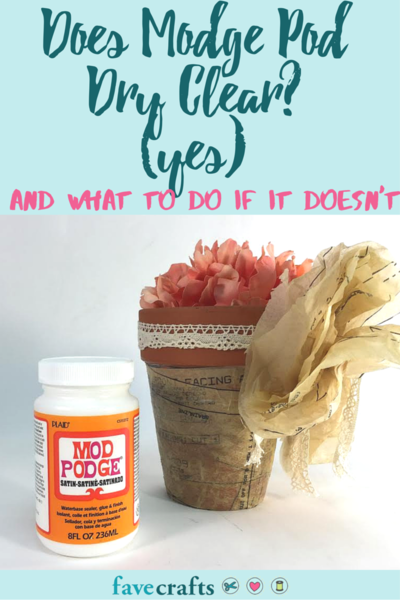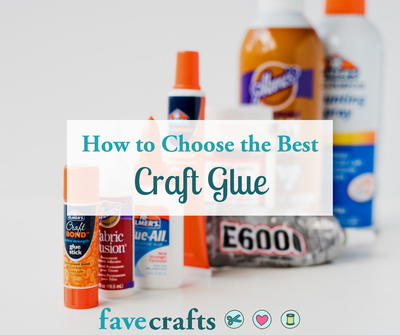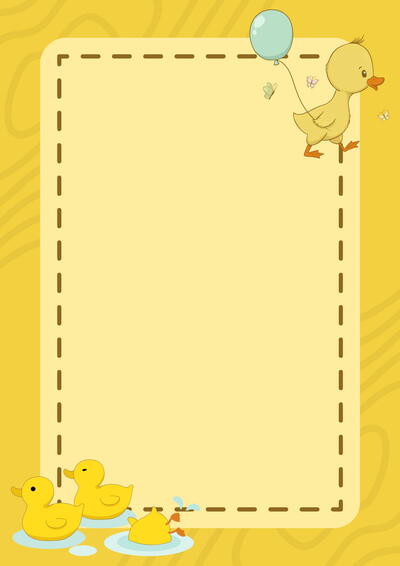No Sew Scrap Fabric Strips
If you're looking to make quick, easy scrap fabric crafts, then you can't go wrong by creating your own No Sew Scrap Fabric Strips. Simply braid the fabric together to create a brand new material you can use for a variety of different craft projects.
Materials:
- New or recycled, light to medium-weight fabrics (amount depends on fabric weight and size of project)
- Scissors
- Ruler
Instructions:
-
Cut off unwanted hems, seams and buttons from recycled clothing and sheets. If you are using newly purchased fabric yardage you can omit this step.
-
Choose the desired width for your fabric strips. Strips used for braiding, weaving or crocheting are typically 1 to 3 inches wide. The width will depend on the technique, project thickness desired and fabric weight. Using your chosen width, cut strips as long as possible using scissors. A rotary cutter and cutting mat can be used to hasten the cutting process.
-
Fold down approximately 1 inch on one end of a cut fabric strip. Cut a 1/2-inch slit in the center of the fold using scissors. Unfold the end. You now have a 1-inch slit (hole) approximately 1/2 inch from the end of the strip. Repeat on the other end, and on both ends of the remaining fabric strips.
-
Hold one end of a fabric strip in your hand. Overlap an end of a second strip over the end of the first strip in your hand. Line up the overlapping ends with their holes. Bring the free end of the second strip to the bottom of the overlapping ends. Insert the free end up through the stacked holes and out the top. Pull the fabric strip all the way through the slitted holes. Tug gently to lock the ends of the strips together.
-
Hold the free end of the second strip in your hand. Overlap an end of a third strip over the second strip. Thread the strip and lock the ends together in the same way as the previous strips. Continue to add strips in this way until all of the strips have been connected into one long yarn.
- Roll the connected strips into a ball to prevent tangling.
Notes:
-
The weight of the fabric can change the thickness of your project. Use fabrics with similar weights throughout.
-
If you reach the end of your connected fabric strips before you have completed your project, simply prepare additional strips and attach to the last strip used.
-
For weaving, connect one strip at a time, as needed. This will allow the strips to slide easily through the weaving without the bulk.
- Cotton or knit, light to medium-weight fabrics are recommended for rag strips as they hold up nicely during construction and can withstand wear and tear of daily use and repeated washings. Delicate fabric, or those with loose weaves tend to disintegrate quickly.

